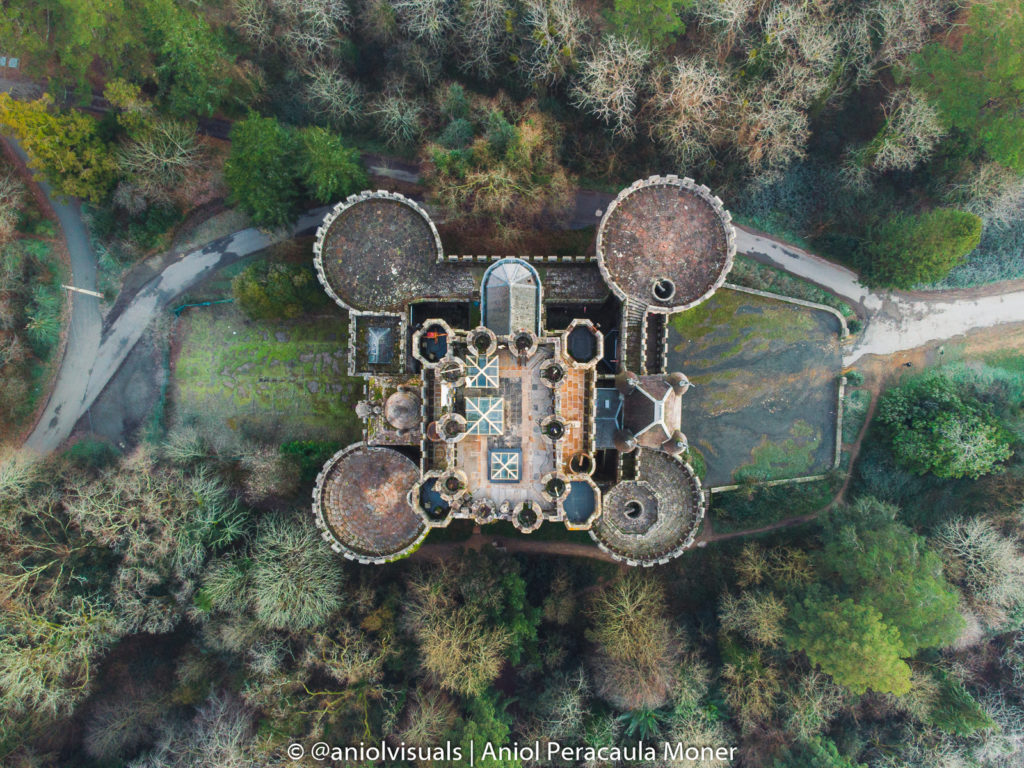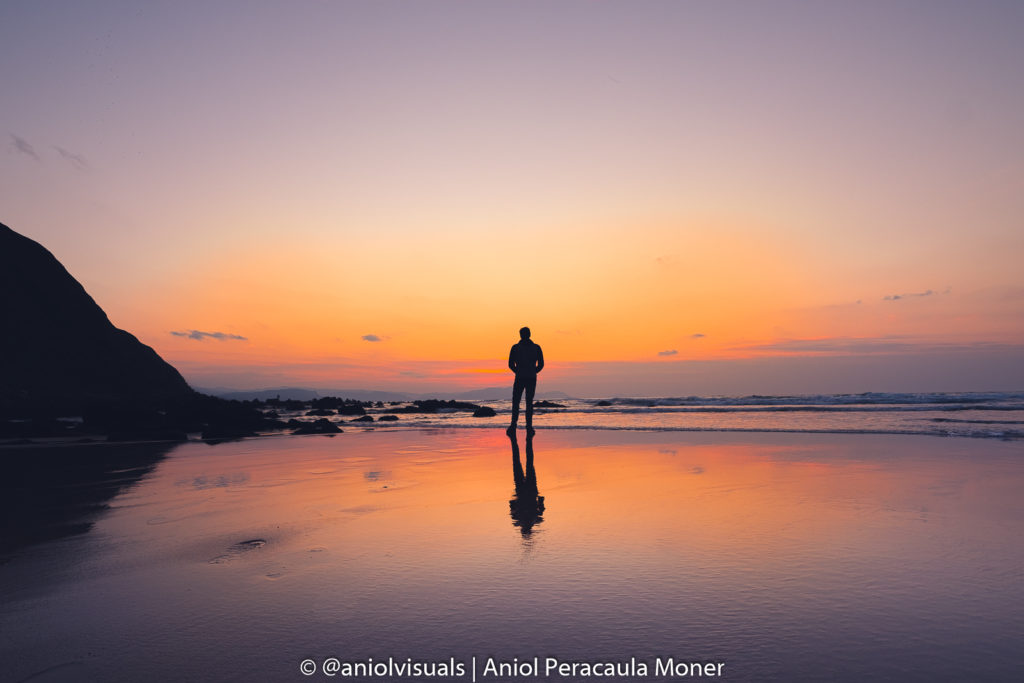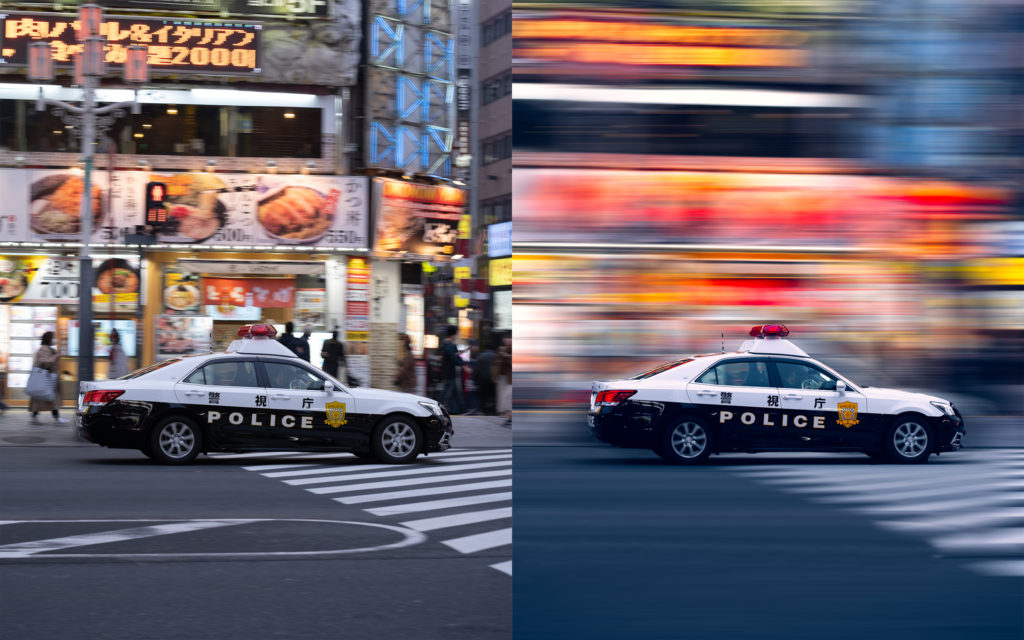One of the easiest and more visually attractive photographies that one can take are reflections. Photography has many rules, some of them very complex, or at least not well known, but if you want to take a pleasant image look for a reflection. There is something about seeing something reflected on any possible surface that we can not resist. No matter if it is for an Instagram post or to give a special touch to an already exploited location, reflections are a sure-fire technique in photography. Discover how to kill reflections with my 7 reflection photography tips.
But it is not the same to take landscape photography reflections or street photography reflections. Do you know when is it the best moment to take reflections? Keep reading to find out!
1. Reflections love sunrises
As someone who has taken lots of landscape reflection images, I hate wind. Just picture it: you hike for 4, 5, 6 hours, and you arrive at a wonderful lake, surrounded by huge mountains, and when you take your camera and start shooting, the wind starts blowing and the reflection disappears. Unfortunately, I have encountered this situation many times, more than I would like to admit. However, there is something that every photographer should know: wind can be slower at sunrise.
Waking up early can be very rewarding, not only because the light will be better, but because the wind is usually less strong at sunrise. This combination of different situations has given me many WOW situations, in which I have been able to take unique shots. No matter if it is in the middle of a city or in the mountains, wake up early for reflections.
Pro reflection photography tips: check the weather forecast before going. Most apps or weather forecast services include a wind forecast. If you see that the wind will be blowing by the time you are planning to shot, forget going there to catch a reflection unless you use any of the tricks of the following section
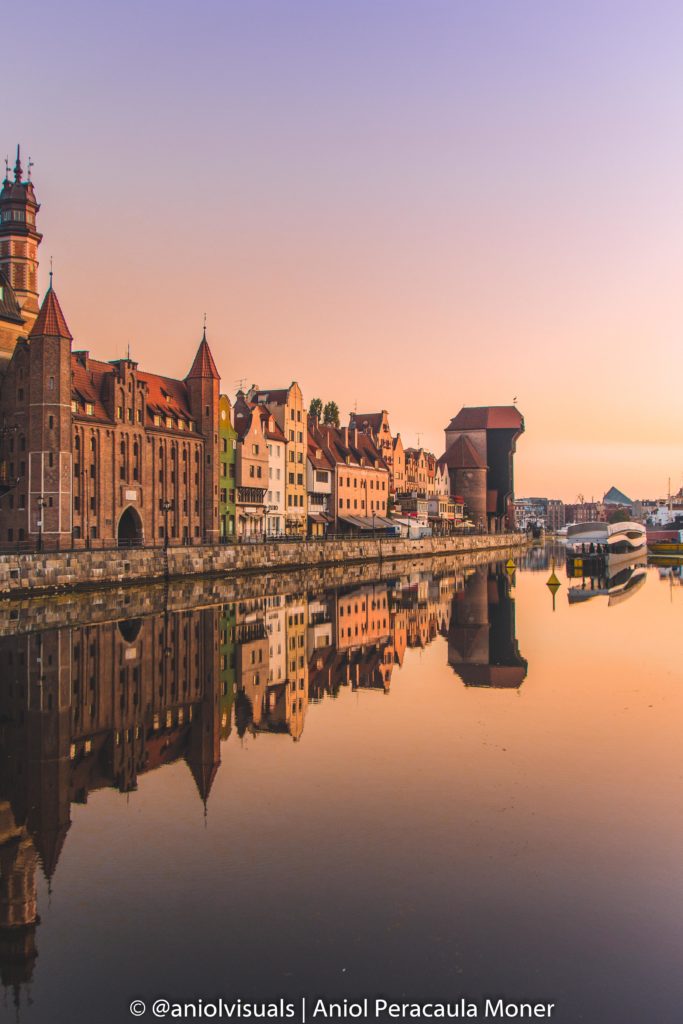
2. Create your own reflections
There are places where it is not possible to take a reflection shot. Maybe because the water is moving, or because there is no water, mirrors or anything to be used as a reflective surface. Well, nowadays, almost everyone carries the perfect tool to create a reflection: your smartphone. Place your smartphone close to your camera lens, and enjoy creating reflections in unusual locations. You will make people go crazy trying to recreate your shot, and you will get a unique image.
Another easy way to create a reflection is to use some water and create a small puddle. This comes very handily especially in street photography unless the situation matches the ones described in the following section.
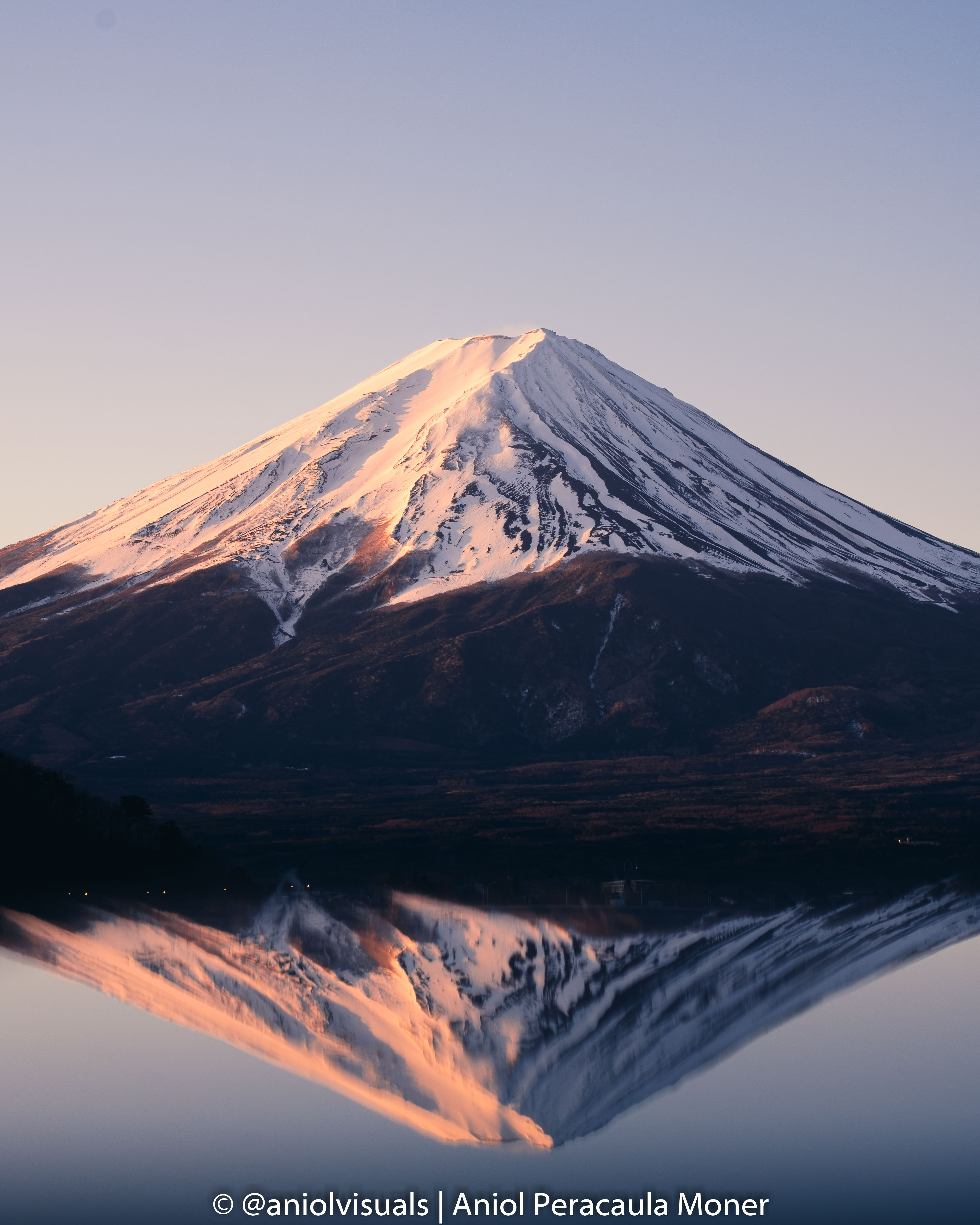
3. Rainy days are your friend
If you are into street photography you will already know this, but there is nothing better than a rainy day. Wet surfaces help giving life to your images, and making them strong and powerful.
Wait for a rainy day, and once the rain stops, it is time to get out and start shooting. Not only because of the mentioned benefits of wet surfaces but also because of the random puddles and reflections that appear at the weirdest places. Maybe it is in the middle of a street, or at a crossing, or maybe by a famous building. Experiment and create some different views.
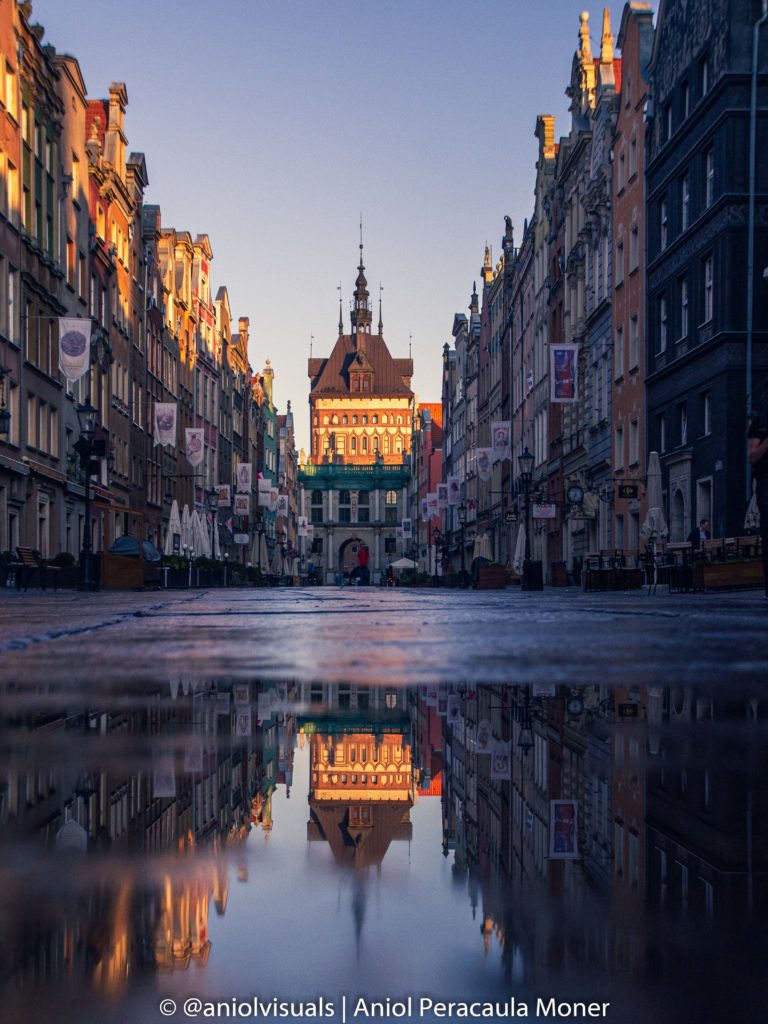
4. Glass is cool
Not all reflections need to be taken on water. Glass is a very useful surface to get creative on. Unlike water, most reflections taken on glass create effects that can make the image way more powerful. Take some of the images below, and see how you can see at the same time what’s behind the glass and the reflection. Cities have glass everywhere, and store windows are perfect for this purpose.

5. Your position matters
Taking good photos usually requires getting on weird positions. And by weird, I mean really weird. If you are trying to get a reflection on a water puddle, get as close as possible to the water, and the reflection will be better and more complete. So this is the fifth of my reflection photography tips.
However, sometimes one just wants the reflection to be part of the image, but not the most important aspect of it. In those cases, taking some distance can be very helpful, as the reflection will be noticeable, but not take all the attention. Adjust your position and try different views. Do not stick to the first image you see. It might be the perfect one, but from my experience, looking at the scene from a different perspective helps to discover other angles.
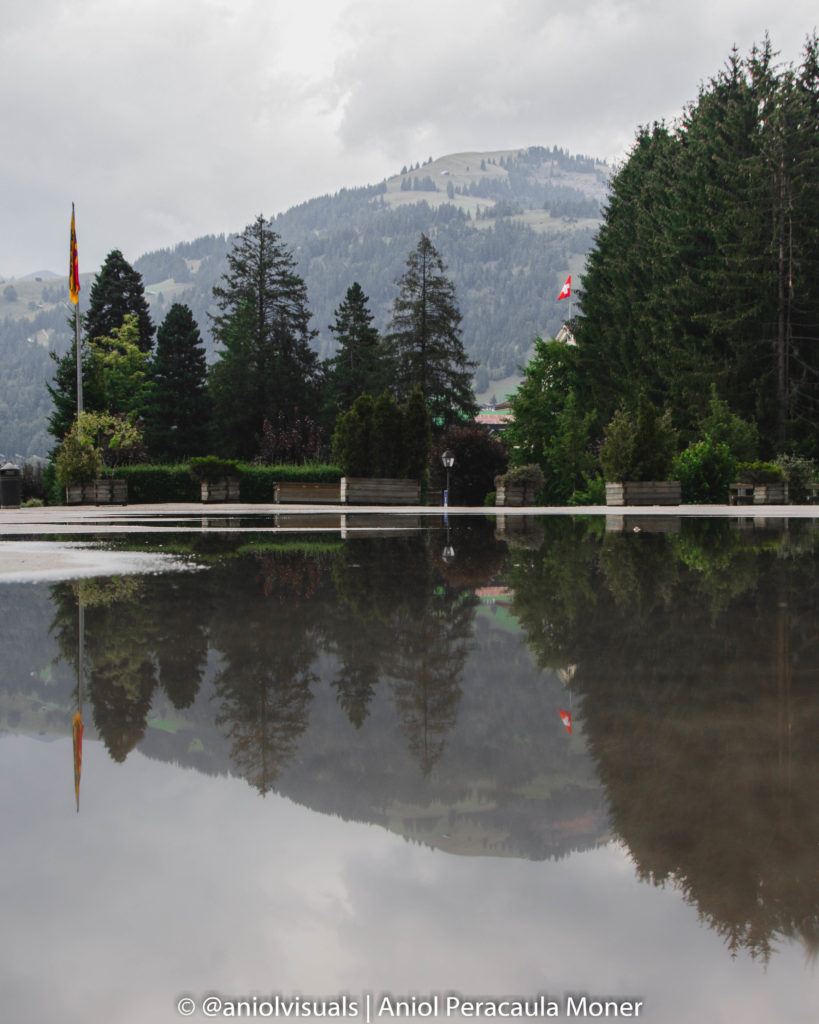
6. Polarizers can help
When someone wants to take its photography a bit further but does not have a huge budget, I strongly recommend getting a polarizer. This little filter, most of the times easily attached to the camera, takes photography to a new level.
Polarizers are used to remove reflections, darken skies, or manage the annoying effect the sun creates when reflecting on water surfaces (glares), and can be used (or avoided) when taking reflection shots to either make reflections stronger or help see through the surfaces (either if it is water, glass, or any other surface). As always, the best way to understand how to use a polarizer is by playing and experimenting.

7. Look for small water bodies
My final recommendation is to avoid large water bodies. Enormous lakes, seas and oceans are no place for reflections. Only in very special situations, one can take a reflection image in them. The main reason is waves (obviously), that make water move constantly. Although waves can be used in many ways in photography, they do not promote reflections.
Look for puddles, small lakes, channels,… places with water not subject to a lot of movement. Not only they give better reflections, but they also make it easier to frame elements in photography. If you are into seaside photography and you want to get reflections, a very flat beach and a changing tide (preferably decreasing tide), will help you get your desired image.

No matter when or where it is always a good idea to get out and go get some nice reflection images. Over the years I have found this type of photography to be one of the most rewarding and fun to do. Even when I am just touristing or visiting a new place, I try to get different images by looking for reflections.
Hope you enjoyed my reflection photography tips. If you want to see more of my work, with lots of reflections, or any other of my trips, visit my Instagram! If you have any questions, or you want to use my photos, contact me via the contact form or at aniolvisuals@gmail.com. Thank you for reading!
